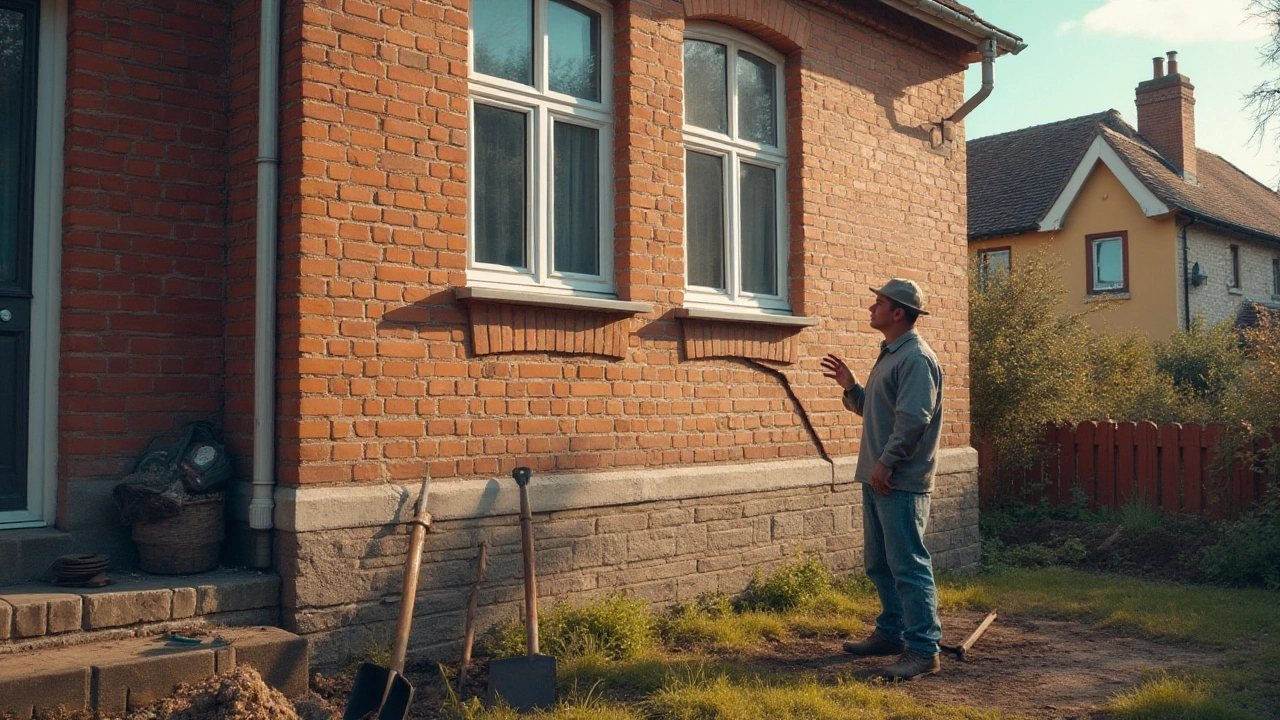Expensive Foundation Repair: Why It Costs So Much and What You Can Do About It
When you spot a crack in your foundation, the first thought is often "Will this ruin my house?" The reality is that fixing a foundation can be pricey, and the bill can jump quickly if you don’t know what you’re paying for. Let’s break down the biggest cost drivers, so you can see where the money goes and how to keep the price from spiralling out of control.
What Makes Foundation Repair So Expensive?
First off, the type of damage matters. A shallow hairline crack might only need epoxy injection, while a wide horizontal crack often requires steel piers, carbon fiber straps, or even a full underpinning job. Materials like high‑strength cement or specialty grout add to the total, and the more complex the fix, the longer the crew stays on site. Labor is another big chunk – skilled masons, structural engineers, and inspectors don’t work for cheap, especially when safety is on the line.
Hidden Costs You’ll See on the Invoice
Beyond the obvious parts, there are hidden extras that catch homeowners off guard. Permit fees, soil testing, and detailed engineering reports can each run a few hundred pounds. If your property sits on unstable soil, you might need drainage improvements or soil stabilization, which adds another layer of expense. And don’t forget cleanup – removing old concrete, hauling debris, and restoring the surrounding landscape all count toward the final number.
One practical way to avoid surprise charges is to ask for a detailed, itemised quote before work begins. A good contractor will break down each step: inspection, design, material, labor, and post‑repair testing. Compare a few quotes, but remember that the cheapest offer isn’t always the best – cheaper labor can mean lower quality work, which could cost you more in the long run.
Choosing the right cement mix can also save money. For most foundation cracks, a polymer‑modified cement offers the strength you need without the premium price of specialty blends. Talk to your builder about the best mix for your situation; sometimes a simple change in the cement type can cut material costs by 15‑20%.
If you’re worried about living with a fissured foundation while you wait for repairs, focus on safety first. Look for obvious signs like sloping floors, doors that won’t close, or cracks that keep widening. Those clues tell you whether the issue is a cosmetic annoyance or a structural risk that demands immediate attention.
Finally, plan for the future. Regular inspections can catch tiny shifts before they become massive cracks, saving you a costly overhaul later. A yearly walk‑through with a qualified engineer costs a fraction of a full repair and gives you a clear maintenance roadmap.
Bottom line: expensive foundation repair isn’t inevitable. Understanding the cost drivers, demanding transparent quotes, picking the right materials, and staying on top of maintenance can keep the price in check and protect your home’s value.

